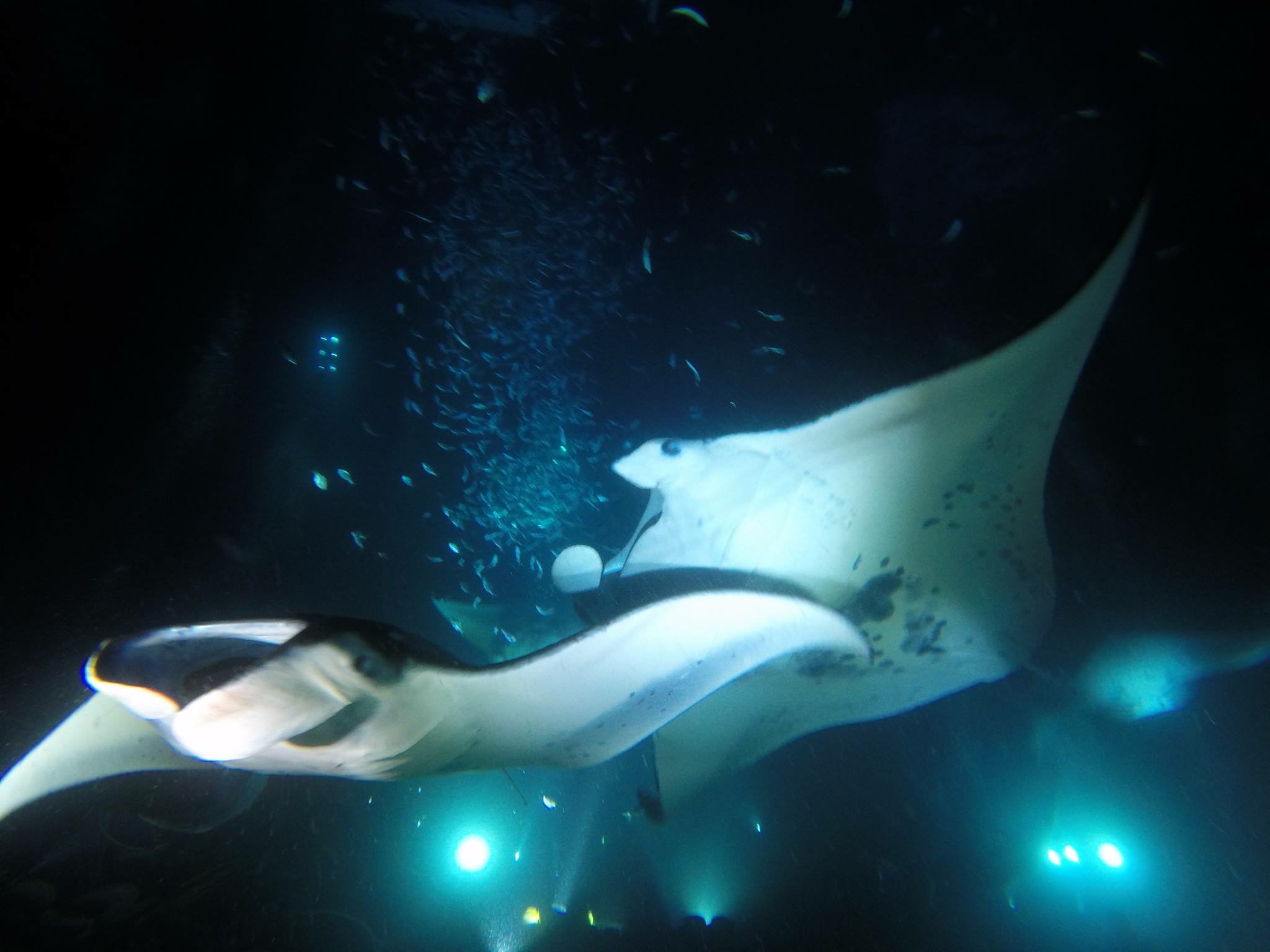ReadyDiverOne
Contributor
Hi all,
Am looking for guidance re shooting video of the famous Big Island Manta Ray night dive, which I will be doing in July. I have the GoPro Hero Black 6, with the shallow and deep filters sold by Backscatter. I also have a Kraken 5000 lumen vid light, which as you may know is ridiculously powerful.
My question is, should I use the shallow filter or not (I assume we won't be deep enough for the deep/dive filter). As you may know, Backscatter make a convincing case that, for day time shooting, one should use the dive filter AND a light for best results. Obviously, it's going to be dark for the manta dive, so I am thinking NO filter, right??
Many thanks.
Am looking for guidance re shooting video of the famous Big Island Manta Ray night dive, which I will be doing in July. I have the GoPro Hero Black 6, with the shallow and deep filters sold by Backscatter. I also have a Kraken 5000 lumen vid light, which as you may know is ridiculously powerful.
My question is, should I use the shallow filter or not (I assume we won't be deep enough for the deep/dive filter). As you may know, Backscatter make a convincing case that, for day time shooting, one should use the dive filter AND a light for best results. Obviously, it's going to be dark for the manta dive, so I am thinking NO filter, right??
Many thanks.






